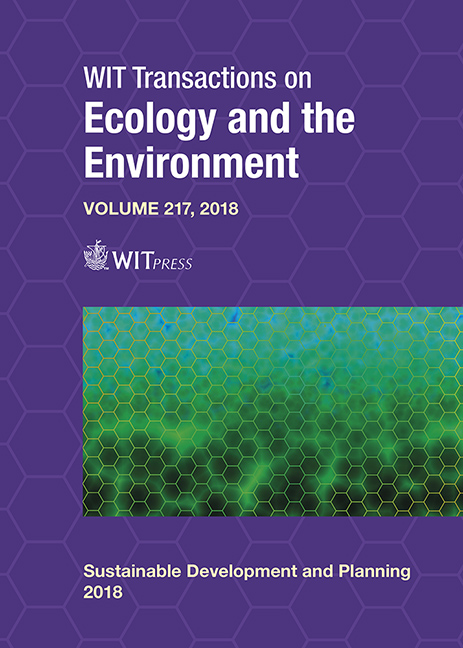SUSTAINABLE DEVELOPMENT AND THE PLAN FOR TOURISM IN MEDITERRANEAN COASTAL AREAS: CASE STUDY OF THE REGION OF LIGURIA, ITALY
Price
Free (open access)
Transaction
Volume
217
Pages
12
Page Range
523 - 534
Published
2018
Size
625 kb
Paper DOI
10.2495/SDP180461
Copyright
WIT Press
Author(s)
SELENA CANDIA, FRANCESCA PIRLONE, ILENIA SPADARO
Abstract
In the context of land-use planning, sustainable tourism is becoming very important. This paper defines an innovative approach meant to support local authorities in Mediterranean countries in managing this expanding industry. Mediterranean destinations suffer from seasonality and experience many negative impacts related to mass tourism. Tourism has economically positive outcomes, however development related to uncontrolled tourism can lead to very damaging impacts. Managed well, tourism can play a positive role in the environmental, socio-economic and cultural development of a city. This research analyses the main impacts caused by mass tourism, and it proposes, based on current scientific literature, a method to quantify the tourism carrying capacity of a Mediterranean destination. The concept of tourism carrying capacity refers to the maximum number of tourists that can visit a destination at the same time without causing negative impacts. In order to preserve the identity of a tourist attraction, this threshold should not be exceeded. This carrying capacity should be included in all the local plans for tourism. In recent years, many Mediterranean cities have occasionally exceeded their carrying capacity, compromising their natural/urban environment, lifestyle and cultural traditions. The concept of having a carrying capacity is quite understandable and immediate, but its quantification is not so easy. Within the literature, there are a few examples of practical calculations, and yet there is no unified or predominant methodology to obtain comparable results. The authors apply the carrying capacity methodology to two different tourist destinations in the Liguria Region of Italy. The first case study considered is the city centre of Genoa that has in the last few years had an increasing number of visitors but seems to be far from reaching its threshold. The second case is the Cinque Terre Natural Park, a well-known destination that every year attracts thousands of tourists.
Keywords
Cinque Terre, Genoa, Mediterranean coast, sustainable tourism, threshold, tourism carrying capacity





